1. Premium Gas (When You Don’t Need It)
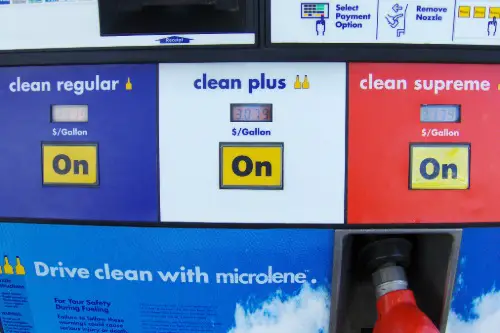
Unless your car specifically requires premium gas, regular is perfectly fine. Many drivers splurge on premium fuel thinking it’s better for their car, but it’s usually just a waste of money. Check your manual and save at the pump.
2. Fancy Coffee Drinks
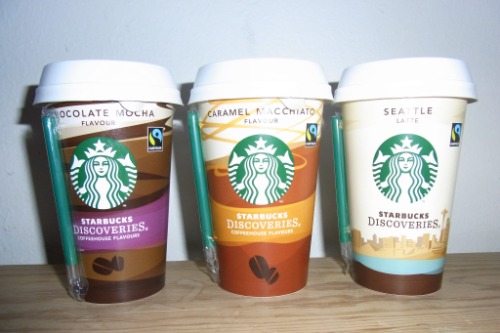
The daily latte habit is a classic example of sneaky spending. At $5 or more per drink, your weekly coffee runs can easily cost $100+ a month. Making coffee at home might not have the same Instagram vibe, but your wallet will thank you.
3. Lottery Tickets
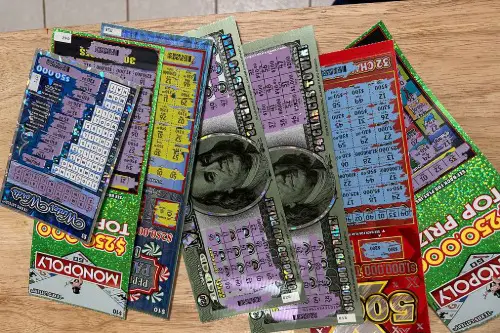
Sure, the dream of striking it rich is tempting, but the odds of winning are staggeringly low. Americans spend billions on lottery tickets every year, often without realizing how those small purchases chip away at their savings. Save that cash for something with a guaranteed return.
4. Brand-Name Products

From medication to groceries, many people stick to big-name brands when generic options are just as good. Those few extra dollars per item add up fast. Compare ingredients or reviews, and you’ll often find the store brand is identical to its pricier counterpart.
5. Bottled Water
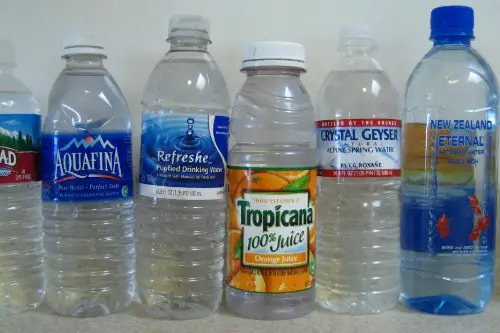
Why are we paying for something that literally comes out of the tap for free? While it’s fine to grab a bottle in a pinch, constantly buying bottled water is expensive and wasteful. Invest in a good reusable water bottle and a filter if needed.
6. Eating Out Too Often

We all love a good meal out, but dining at restaurants multiple times a week—or even daily—can really add up. The cost of food, drinks, tips, and sometimes delivery fees makes this habit a budget buster. Cooking at home isn’t just cheaper, it’s healthier too!
7. Subscriptions and Memberships You Forgot About

From magazines to meal kits to fitness apps, subscription services are easy to sign up for and even easier to forget about. Check your credit card statement for sneaky charges—you might be surprised by what you’re still paying for.
8. Tech Upgrades You Don’t Need

Every year, a new phone, tablet, or gadget hits the market. But do you really need to upgrade? If your current tech works just fine, hold off. Those incremental improvements often aren’t worth the hefty price tag.
9. Streaming Services You Forgot About
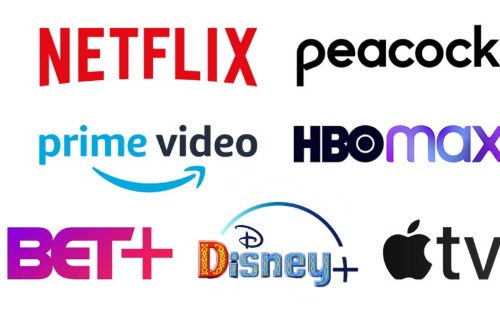
It’s easy to sign up for every streaming platform, especially when there’s a hot new show everyone’s talking about. But when was the last time you even opened that one app? With so many services, we’re often paying for subscriptions we hardly use. A simple audit of what you actually watch can save you hundreds a year.
10. Overpriced Cable Packages

Cable TV feels outdated, but plenty of Americans still pay for hundreds of channels they never watch. Between cable and streaming, many households are spending double what they need to for entertainment. Cutting the cord could save you a small fortune.
11. Extended Warranties
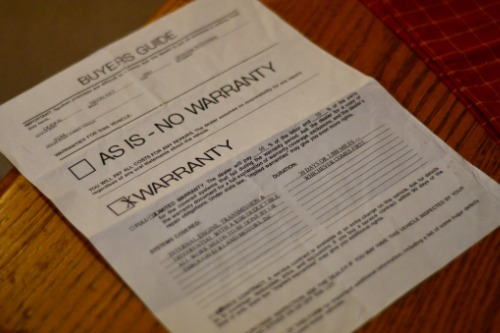
Retailers love upselling extended warranties, but they’re often not worth it. Most items either don’t break within the coverage period, or repairs would cost less than the warranty itself. Check if your credit card already offers purchase protection before shelling out extra.
12. Fashion Trends That Don’t Last

Fast fashion and trendy pieces can tempt us, but they rarely stand the test of time. Clothes that fall apart after a few washes—or trends that go out of style in a season—are a waste. Focus on quality basics instead of constantly chasing the latest fad.
13. Unused Gym Memberships

January rolls around, and gyms are packed with well-meaning New Year’s resolutioners. By February? Crickets. Yet, many people keep paying $40 or more a month for memberships they rarely use. If you’re not hitting the gym regularly, consider canceling and trying free workouts at home or outdoor activities.
14. Impulse Buys
We’ve all been there—grabbing a random gadget, snack, or piece of decor just because it looked cool at the moment. These small, unplanned purchases add up quickly and often lead to buyer’s remorse. A 24-hour rule before making non-essential purchases can help cut down on impulse spending.


